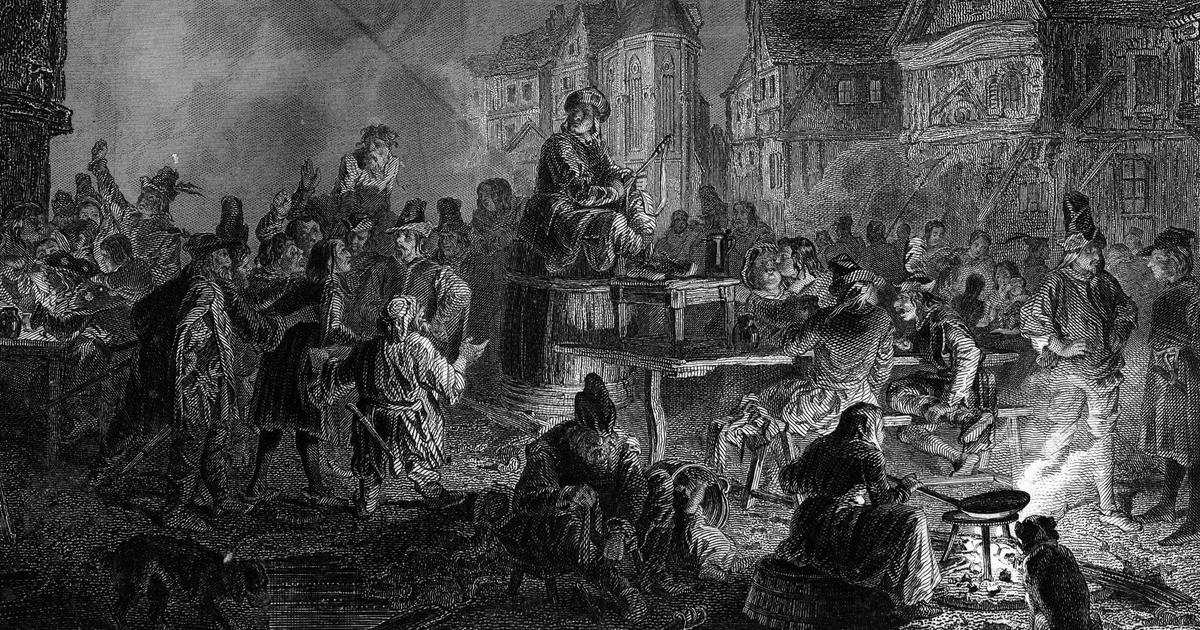"Don't ever bring me to this place again, it's a true Court of Miracles!"
If by its name the rue de la Grande-Truanderie in Paris perpetuates the memory of it, few are those who still know today what is hidden behind the "Court of Miracles".
Designating a place frequented by a disparate population, more or less strange, this somewhat outdated expression finds its origin in the History of France, that of vagrancy more precisely.
To discover
Crosswords, arrow words, 7 Letters... Play everywhere, all the time with the Le Figaro Games application
Read also
Five sayings that come to us from history
Under the Ancien Régime, explains Hélène de Champchesnel in
Faire la tour des grands-dukes and 99 other expressions inherited from the History of France
(First), prostitutes, fortune tellers, tricksters and other beggars and beggars took up residence in these lawless zones located between four streets of a housing estate.
If every French city had a Court of Miracles, Paris had no less than twelve.
The best known of them being that of the stronghold of Alby, located between rue Réaumur and rue du Caire.
city of thieves
According to the
Dictionary of the French Academy
, these places were attributed the name of "Court of Miracles" because of the curious phenomenon that took place there.
After a day of begging, the people who lived there, most of them limping, scarred and mutilated, disappeared there as if by miracle once night fell.
And for good reason, simulating their infirmities during the day, these tricksters then revealed their true face.
Also, Victor Hugo described it in
Notre-Dame de Paris
:
“City of thieves, hideous wart in the face of Paris;
sewer from which escaped each morning, and where returned to stagnate each night this stream of vices, begging and vagrancy always overflowing in the streets of the capitals, monstrous hive where all the hornets of order returned in the evening with their booty social."
In 1667, Louis XIV's police lieutenant, La Reynie, ordered the closure of the last Cour des Miracles.
The indigents were therefore sent to prison, to the scaffold, or to the new general hospital founded by the king.
The fact remains that their former haunt gave rise to this expression that we gladly use to describe places that are not very hospitable.















